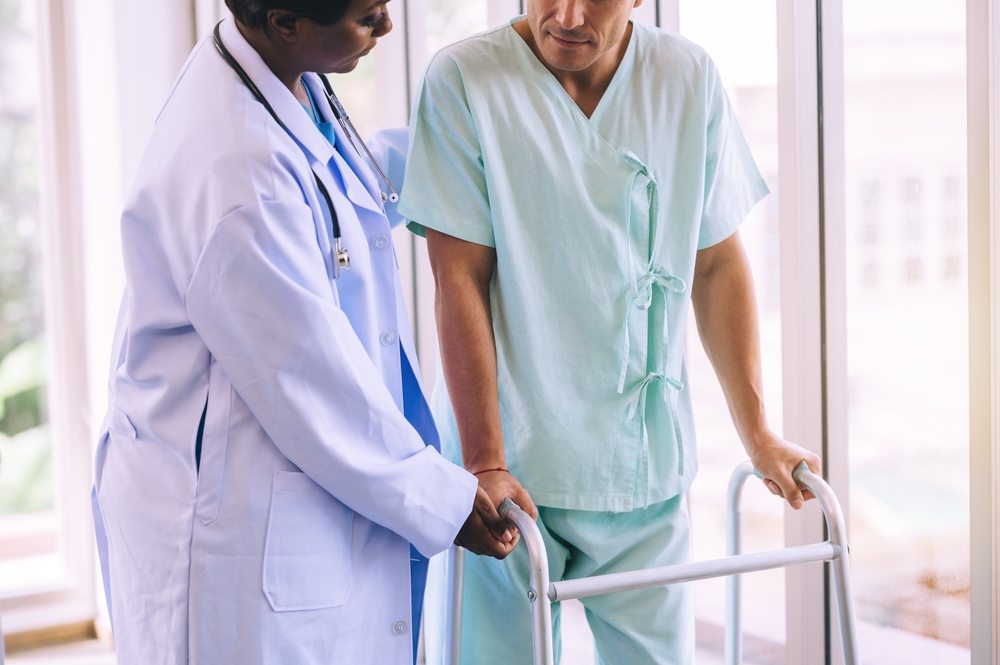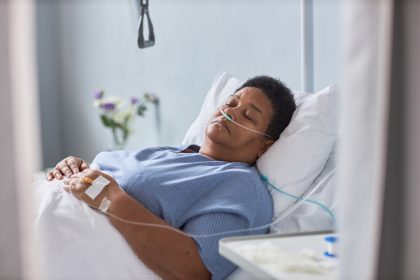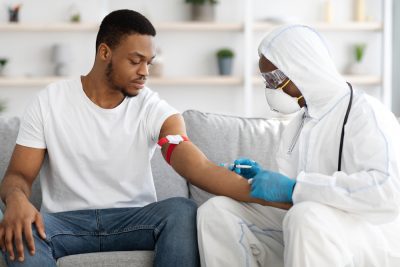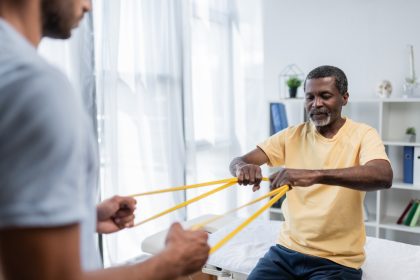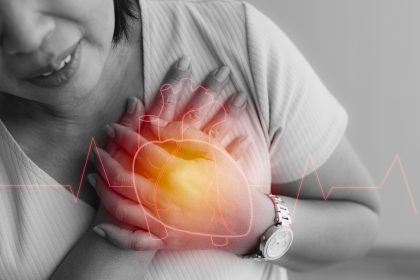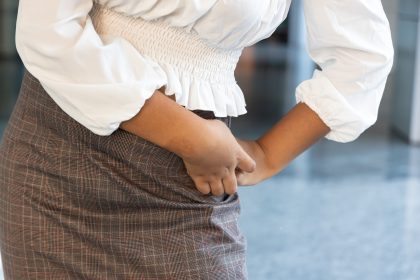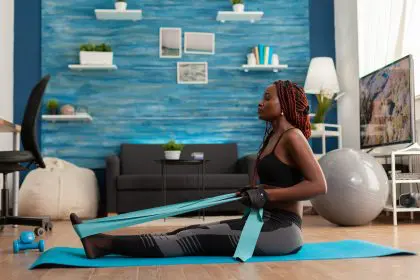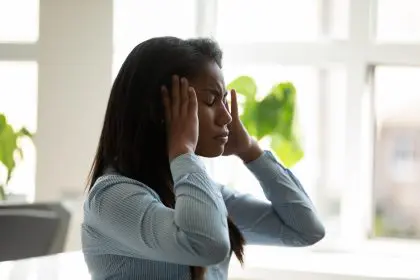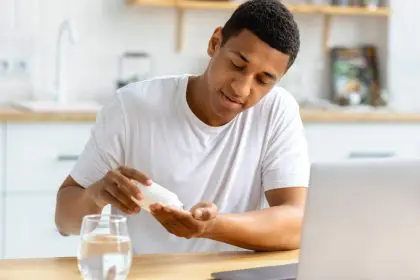Recovering from a stroke can be a challenging journey — both physically and emotionally. Strokes can significantly impact mobility, making even the simplest movements feel like monumental tasks. However, regaining mobility is not only possible but often a crucial step toward reclaiming independence and improving the quality of life. This journey involves a combination of therapies, exercises and support systems designed to help stroke survivors regain control of their bodies.
Understanding stroke and its impact on mobility
A stroke occurs when the blood flow to a part of the brain is interrupted — leading to the death of brain cells. Depending on the severity and location of the stroke, survivors may experience a range of physical impairments — such as muscle weakness, paralysis and difficulty with balance and coordination. These challenges can make walking, standing or even sitting up difficult.
The extent of mobility loss varies among individuals, and the path to recovery can be different for each person. It’s important to acknowledge that stroke recovery is a gradual process that requires patience, dedication and the right support. Setting realistic goals and celebrating small victories along the way can make the journey more manageable and motivating.
The road to regaining mobility
1. Physical therapy
Physical therapy is often the most crucial component in the recovery process after a stroke. It focuses on improving strength, balance, coordination and flexibility through a series of targeted exercises. A physical therapist will tailor a program based on the individual’s specific needs and limitations.
- Strength training: After a stroke, muscles on one side of the body can become weak or paralyzed. Strengthening exercises — such as resistance training with bands or weights — can help rebuild muscle tone and enhance mobility.
- Balance and coordination exercises: Regaining the ability to stand and walk without falling is a major goal for many stroke survivors. Balance exercises — like standing on one foot or using a balance board — can help improve stability and coordination.
- Range of motion exercises: These exercises focus on improving the flexibility of joints and muscles — reducing stiffness and spasticity. Gentle stretching and movements can help maintain and increase the range of motion.
The emotional impact of physical therapy can also be profound. Each session can provide a sense of progress and empowerment, reminding individuals that they are actively working toward recovery.
2. Occupational therapy
Occupational therapy complements physical therapy by focusing on improving the ability to perform daily activities — such as dressing, eating and grooming. An occupational therapist can teach techniques and strategies to adapt to the new limitations caused by the stroke.
- Adaptive techniques: Learning new ways to perform everyday tasks can be empowering. For example, using adaptive equipment like grab bars in the shower or specialized utensils for eating can make these activities more manageable.
- Fine motor skills: Stroke survivors often struggle with fine motor skills — making it hard to perform tasks that require precision — like buttoning a shirt or writing. Occupational therapists use exercises to improve dexterity and hand-eye coordination.
- Cognitive rehabilitation: Strokes can also affect cognitive functions such as memory, problem-solving and attention. Occupational therapy may include exercises to improve these skills — which are essential for safely performing daily tasks.
The holistic approach of occupational therapy helps individuals regain a sense of normalcy and independence, enhancing their confidence and overall well-being.
3. Speech and language therapy
While speech therapy primarily focuses on helping those who have lost their ability to speak or understand language, it can also play a role in regaining mobility. Some stroke survivors may have difficulty swallowing or controlling facial muscles. Speech therapists work on strengthening these muscles — which can improve functions like eating and drinking safely.
- Swallowing exercises: Dysphagia — or difficulty swallowing — is common after a stroke. Speech therapists use specific exercises to improve swallowing reflexes and reduce the risk of choking.
- Communication techniques: For those with speech impairments, learning alternative communication methods — such as gestures or communication boards — can reduce frustration and facilitate more active participation in their recovery process.
The emotional impact of improved communication can be significant — enhancing the individual’s ability to express their needs and connect with others — fostering a more supportive environment for recovery.
4. Assistive devices
Assistive devices can make a substantial difference in the recovery process. These tools can help stroke survivors regain independence and improve their quality of life.
- Mobility aids: Canes, walkers and wheelchairs can provide the necessary support for those struggling with balance and mobility. Physical therapists can guide the proper use of these devices to maximize safety and effectiveness.
- Braces and orthotics: Sometimes, strokes can lead to foot drop or weakness in the lower limbs. Ankle-foot orthoses, or AFOs, can support the foot and ankle, making walking safer and more comfortable.
- Home modifications: Adapting the home environment can make daily activities easier and safer. Simple changes like installing handrails, removing tripping hazards and using non-slip mats can significantly reduce the risk of falls.
Using assistive devices is not a sign of defeat; instead, it is a strategic step toward greater independence and mobility.
5. Mental and emotional support
Regaining mobility after a stroke is not just a physical challenge; it’s also an emotional and mental journey. Stroke survivors often experience feelings of frustration, sadness and anxiety due to the sudden changes in their lives. Addressing these emotional aspects is vital for a holistic recovery.
- Counseling and support groups: Talking to a mental health professional or joining a stroke support group can provide emotional support and coping strategies. Sharing experiences with others who understand can alleviate feelings of isolation and boost morale.
- Positive reinforcement: Celebrating small milestones — such as taking a few steps without assistance or performing a daily task independently — can motivate continued progress. Positive reinforcement from family, friends and therapists can make a world of difference.
- Mindfulness and relaxation techniques: Practices like mindfulness, meditation and deep breathing can help reduce stress and improve mental well-being. A calm mind can positively influence physical recovery — making it easier to focus on exercises and therapies.
The journey to mobility is possible
Regaining mobility after a stroke is a journey filled with challenges, but it is also a journey of resilience and hope. Each step — no matter how small — brings stroke survivors closer to regaining their independence and improving their quality of life. With the right combination of physical therapy, occupational therapy, speech therapy, assistive devices and emotional support, significant progress is not just a possibility but a reality.
It’s important for stroke survivors and their loved ones to understand that recovery takes time and that setbacks are part of the process. The key is to remain patient, stay positive and keep moving forward. By focusing on the holistic approach to rehabilitation and surrounding themselves with a supportive network, stroke survivors can embrace their journey toward reclaiming their mobility and independence.
This story was created using AI technology.

